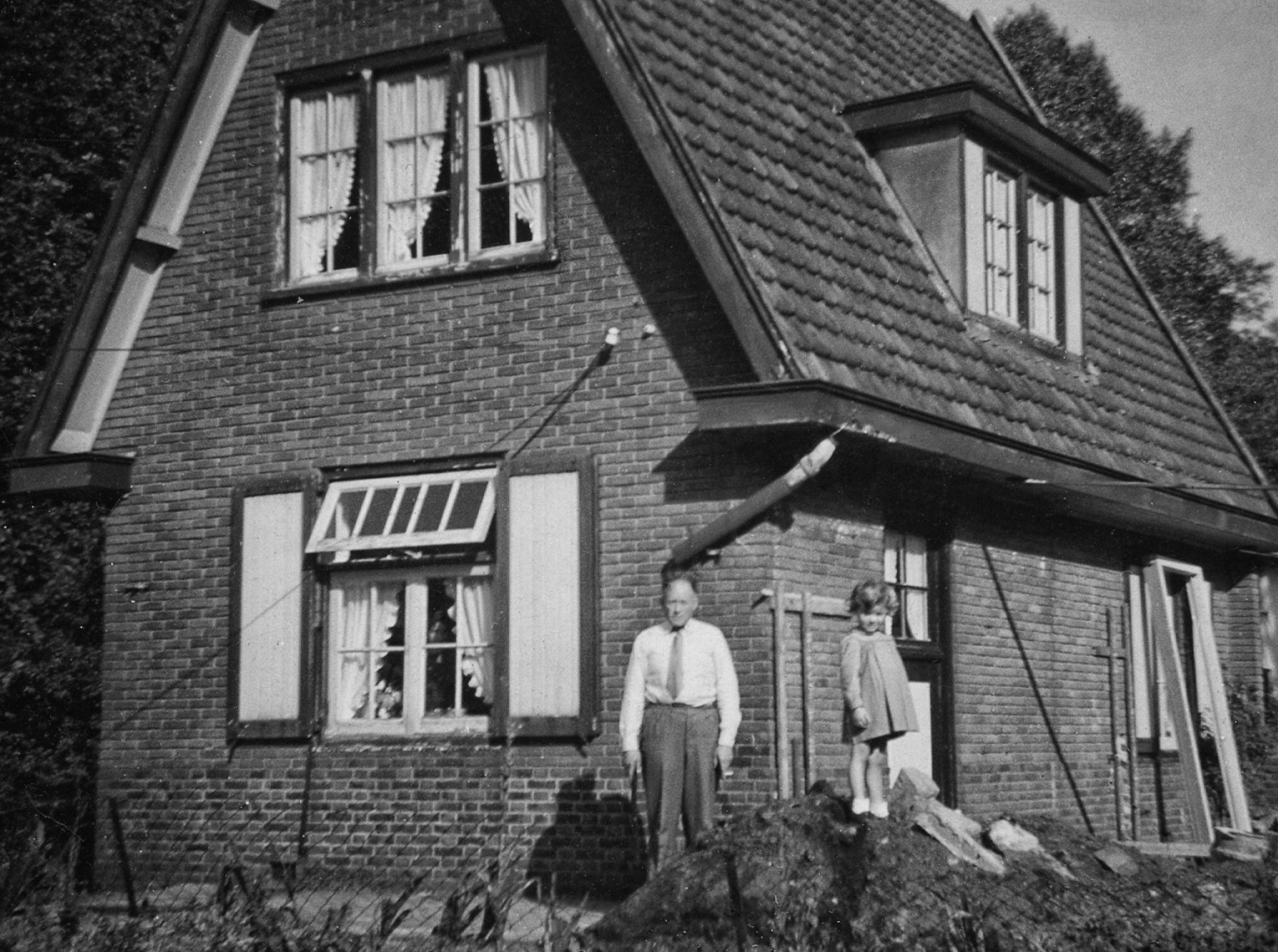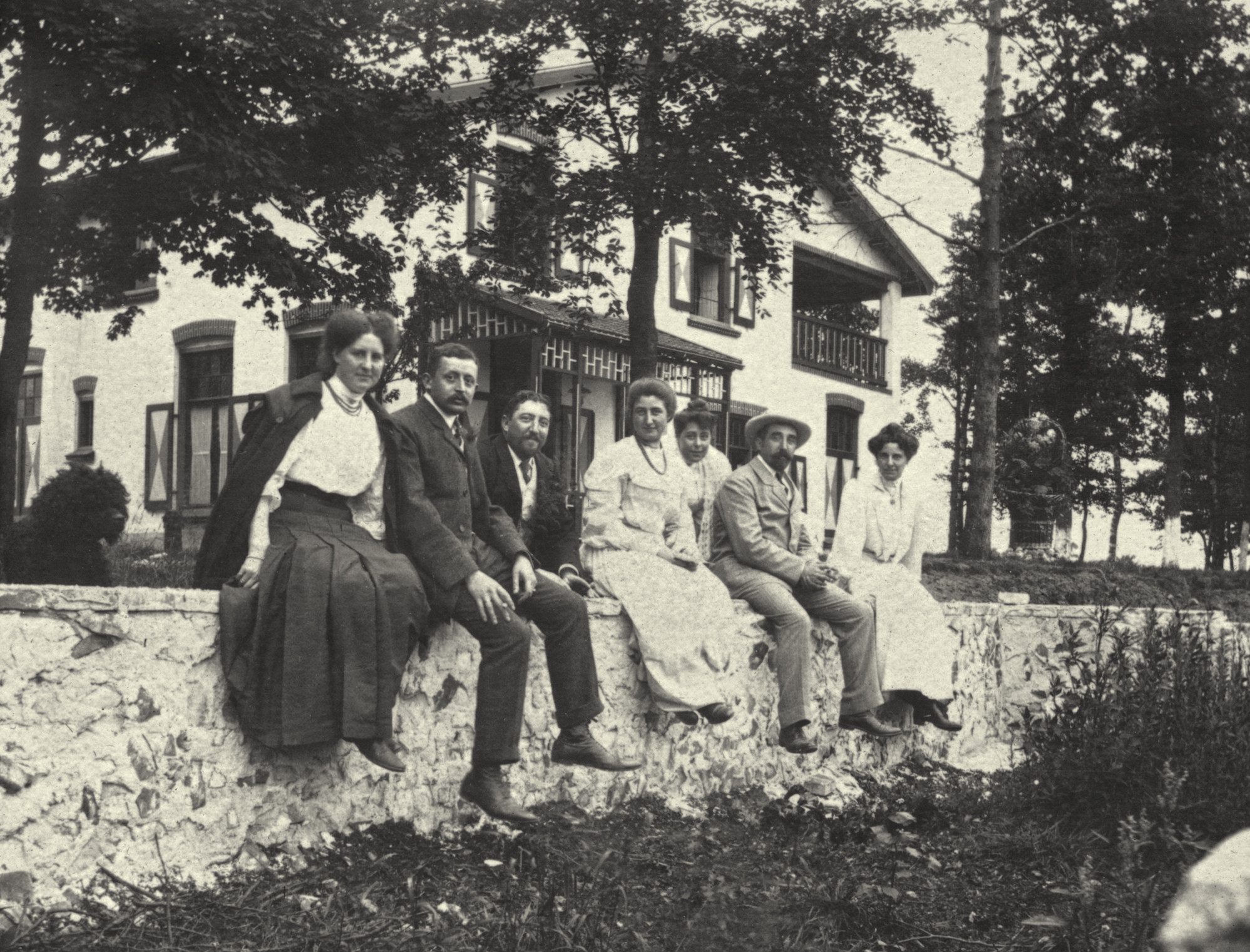Verkoop van de heidegronden 1835-1854
Woeste gronden
In de jaren 1840 verkocht de gemeente Arnhem enkele honderden hectaren heidegrond, gelegen in het noorden van de gemeente. Door de verkoop werden de lasten en kosten van de gewenste ontginning op de schouders van de nieuwe bezitters gelegd. Het grootste deel van de heidegronden werd, vanwege de onvruchtbaarheid ervan, bebost met grove dennen, slechts een klein deel werd omgezet in bouwland. De ontginning van de "woeste gronden" werd van overheidswege enigszins gestimuleerd, doordat de ontgonnen gronden grotendeels werden vrijgesteld van de grondbelasting gedurende een periode van 20 jaar. In de jaren 1845-1854 wordt ongeveer 900 hectare heide verkocht. Tot de nieuwe kopers behoren stadsarchitect Hendrik Jan Heuvelink, C.J. Frohnhauser, G. Pitlo, G.J. van Orsoy Veeren, A.F. Burgers en E.L. Baron van Voorst tot Voorst. Zij allen behoren tot de gegoede stand.
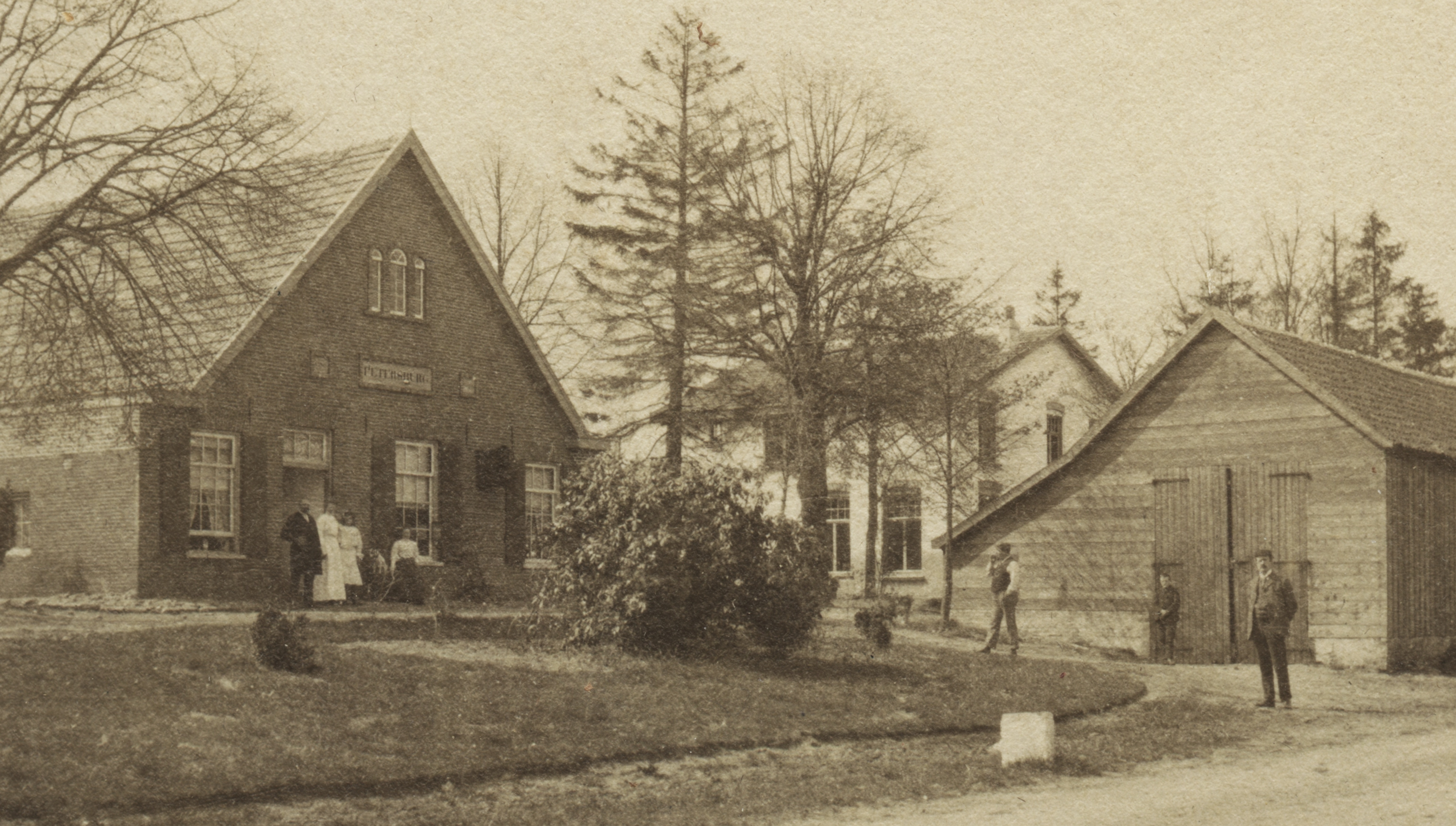
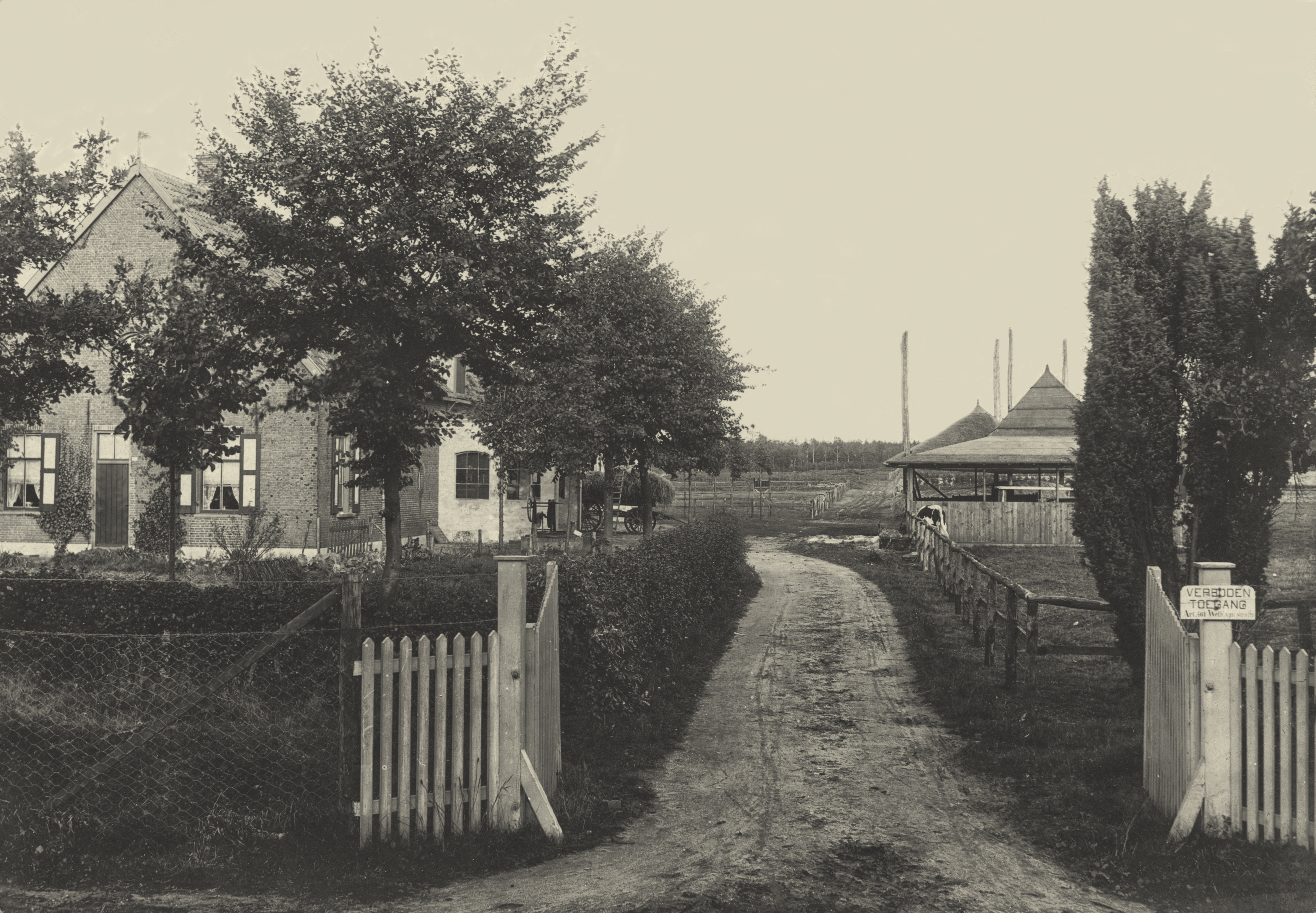
Er zijn echter ook dagloners, schaapherders en boeren die enkele bunders van de gemeente willen kopen. De gemeente staat dit maar zelden toe. De reden hiervoor is dat de betreffende lieden zich vaak al onrechtmatig op de aangevraagde grond hadden gevestigd. De door de grootgrondbezitters en enkele kleine ontginners gestichte ontginningsboerderijen zijn vooral te vinden langs de Koningsweg, die rond 1850 - waarschijnlijk tegelijk met het aanleggen en verharden van de Kemperbergerweg, die gedeeltelijk een nieuw tracé kreeg. Daar vinden we boerderijen als Heidepol, Grijsoord, Mariazorg, Rijzenburg (Burgers), de Kruishorst, Wildhoeve (Orsoy Veeren), ’t Heiderijk (Pitlo), Nieuwenhuizen, Petersburg, Leipzig, Nomen Nescio (Van Voorst tot Voorst), die allen in deze jaren zijn gebouwd. De meeste van deze boerderijen staan er tot op heden nog steeds.
Bron: ‘Ontginning van de heidevelden in de gemeente Arnhem in de 19e eeuw’ door J. Hofman.
Gepubliceerd in ‘Bijdragen en Mededelingen Deel LXXIV’ Vereniging “Gelre” Arnhem
Landgoed periode 1906
De familie Boden
In 1906 is het de Rotterdamse koopman Ernst August Boden, rijk geworden van plantages en mijnbouw in Indonesië, die boerderij Petersburg koopt. Naast de percelen rondom de boerderij koopt hij ook de percelen aan de overzijde van de Deelenseweg. Ook neemt hij de aangrenzende percelen, inclusief de boerderij Nomen Nescio, over van Baron van Voorts tot Voorst. Ernst Boden start direct met de bouw van een fraai jachthuis. Hij geeft zijn landgoed de naam Zonheuvel. Uit alle foto’s blijkt dat men op Zonheuvel vooral familieleden en gasten ontving en er ontspanning werd gezocht. Ernst Boden zit bepaald niet stil en investeert flink in zijn aangekochte landgoed.
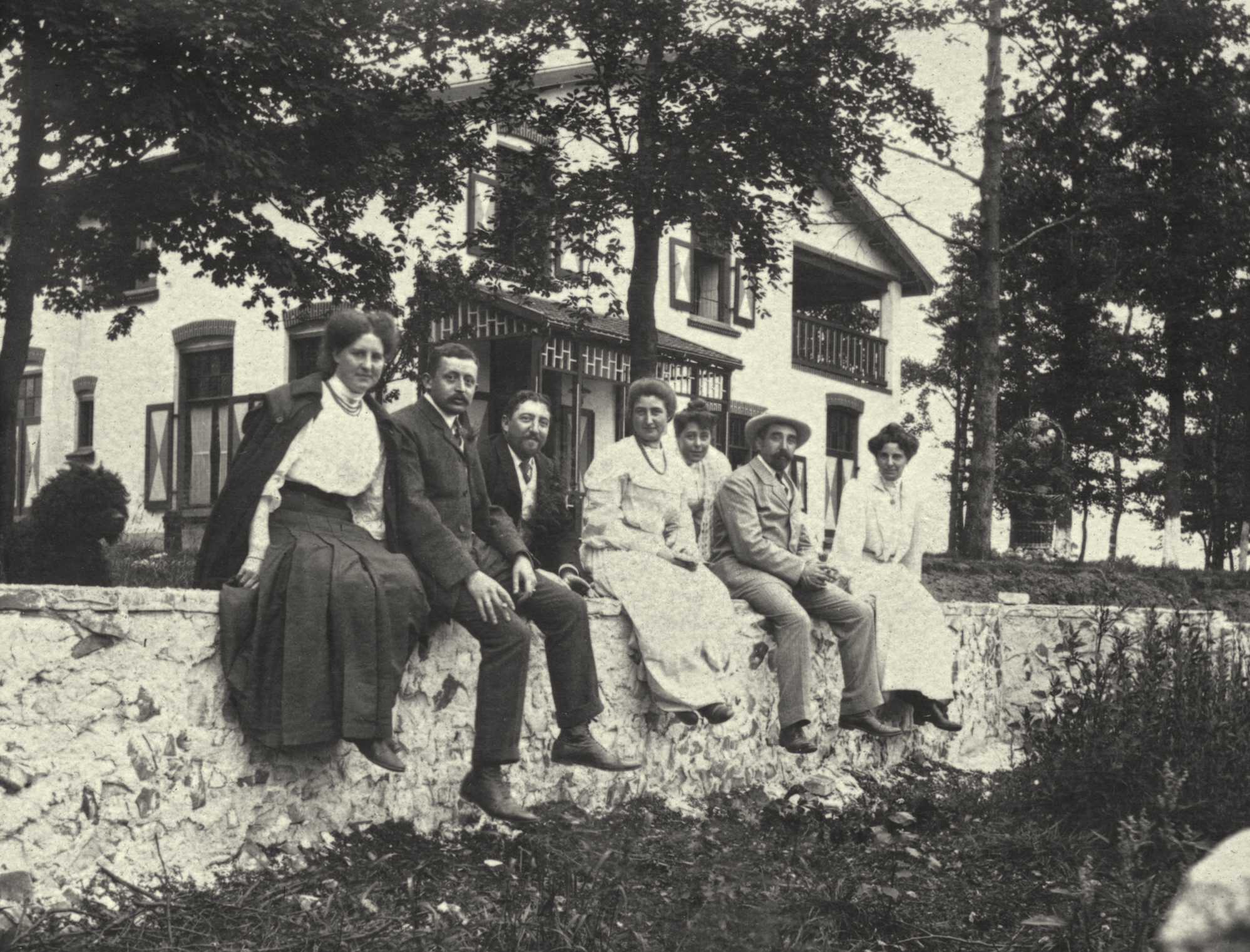
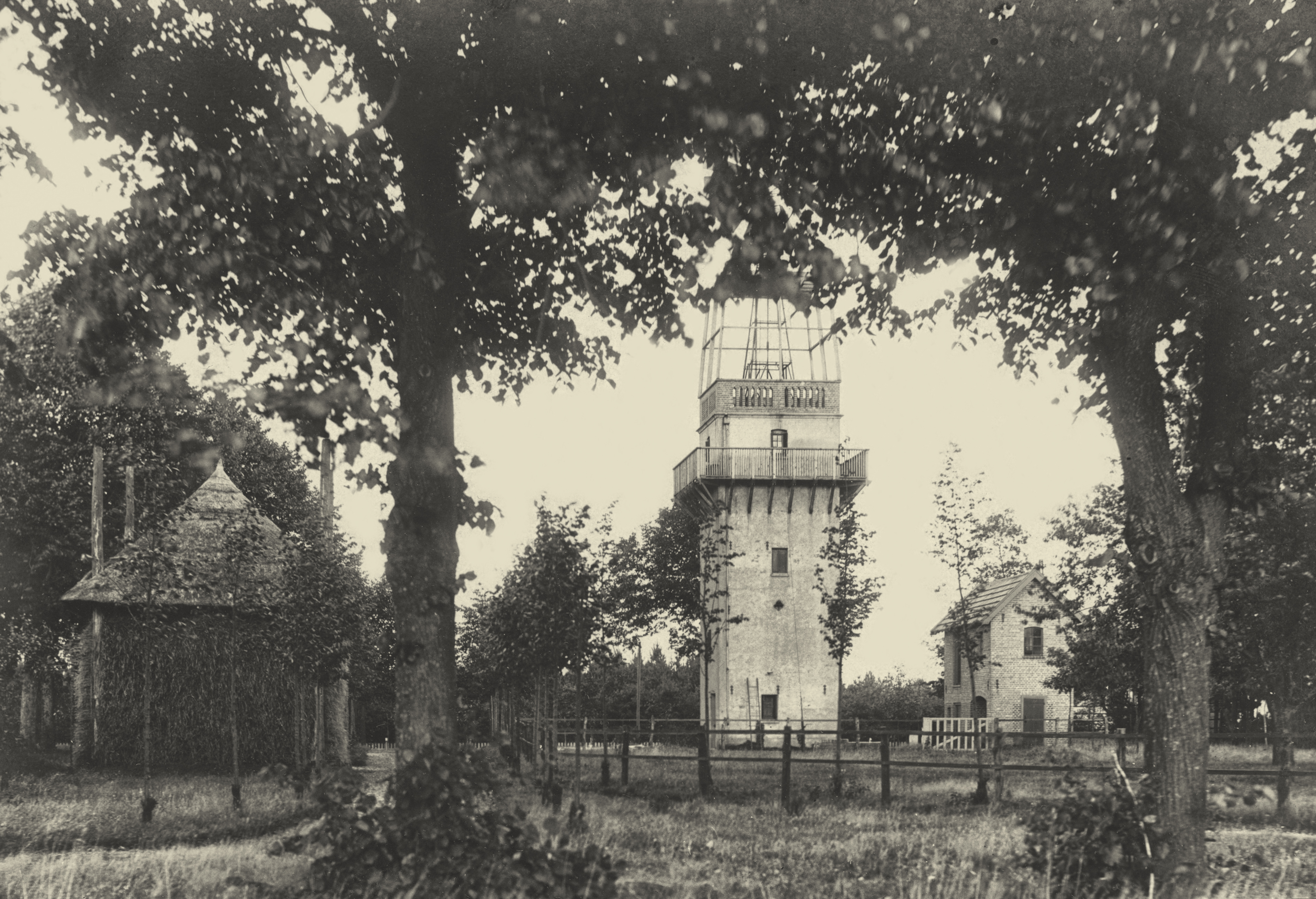
Watertoren
Een bijzondere
Het landhuis Zonheuvel beschikte over alle voorzieningen die nodig waren. Zo had het landhuis een eigen watervoorziening met behulp van een watertoren die onderin een machinekamer had. In deze ruimte stond een pomp die het water uit de grond haalde en in een reservoir bovenin de toren bracht. Bij het landhuis behoorde ook een bakhuisje dat uit twee verdiepingen bestond. Op de bovenste werd het meel opgeslagen terwijl men op de begane grond het brood bakte. Bovenop de 30 meter hoge watertoren stond een zeer markante windmolen opgesteld. Op oude kaarten staat deze aangegeven met "windmotor". Met deze windmolen zou ook elektrische energie zijn opgewekt die opgeslagen werd in accu's die beneden in de toren in de machineruimte stonden opgesteld. Deze accu's gaven hun energie weer af aan de pomp in de waterput. Het zou hier kunnen gaan om een van de eerste vormen van elektrische energieopwekking met behulp van een windmolen. De windmolen deed tot ongeveer 1919 dienst waarna dit gedeelte van Schaarsbergen op het openbare elektriciteitsnet werd aangesloten.
(bron: Dick Veerman, ‘Vliegveld Deelen, Van last tot lust’, 2004)
in oorlogstijd
Het landgoed
Wanneer in 1940 de Duitsers Nederland binnenvallen blijkt dat ze hun oog op de Kemperheide hebben laten vallen om hier een belangrijk vliegveld voor hun Luftwaffe te realiseren. Op de Kemperheide was al jaren een primitief vliegveldje aanwezig. Zo organiseerde de KLM vanaf de Kemperheide geregeld rondvluchten. De Duitsers blijken al ruim voor de inval inspecties te hebben gedaan ter plaatse. Binnen zeer korte tijd wordt het zo rustige Schaarsbergen (700 inwoners) overstroomt door een paar duizend Duitsers en wordt vliegveld (Fliegerhorst) Deelen uit de grond gestampt. Alles ten noorden van de Koningsweg wordt verboden terrein met alle gevolgen van dien voor het aangrenzende landgoed Zonheuvel. Het is aanvankelijk de bedoeling om vanuit hier aanvallen op Engeland uit te voeren. Wanneer de Engelsen op hun beurt de luchtaanvallen op Duitsland verhevigen wordt de vliegbasis verder uitgebreid met een voor die tijd hypermodern onderscheppingsyteem. Hiervoor wordt in oktober 1943 een grote nieuwe commandobunker, genaamd Diogenes, in gebruik genomen. Om het vliegveld wordt een rondweg aangelegd, de zogeheten ‘Rolbaan’, en er komen vliegtuighangars die gecamoufleerd worden als boerderijen. Aan de zuidkant van de Koningsweg verrijst een compleet dorp van deze ‘boerderijtjes’, het zogeheten Klein- en Groot Heidekamp. Het landhuis Zonheuvel wordt door de bezetter in beslag genomen.
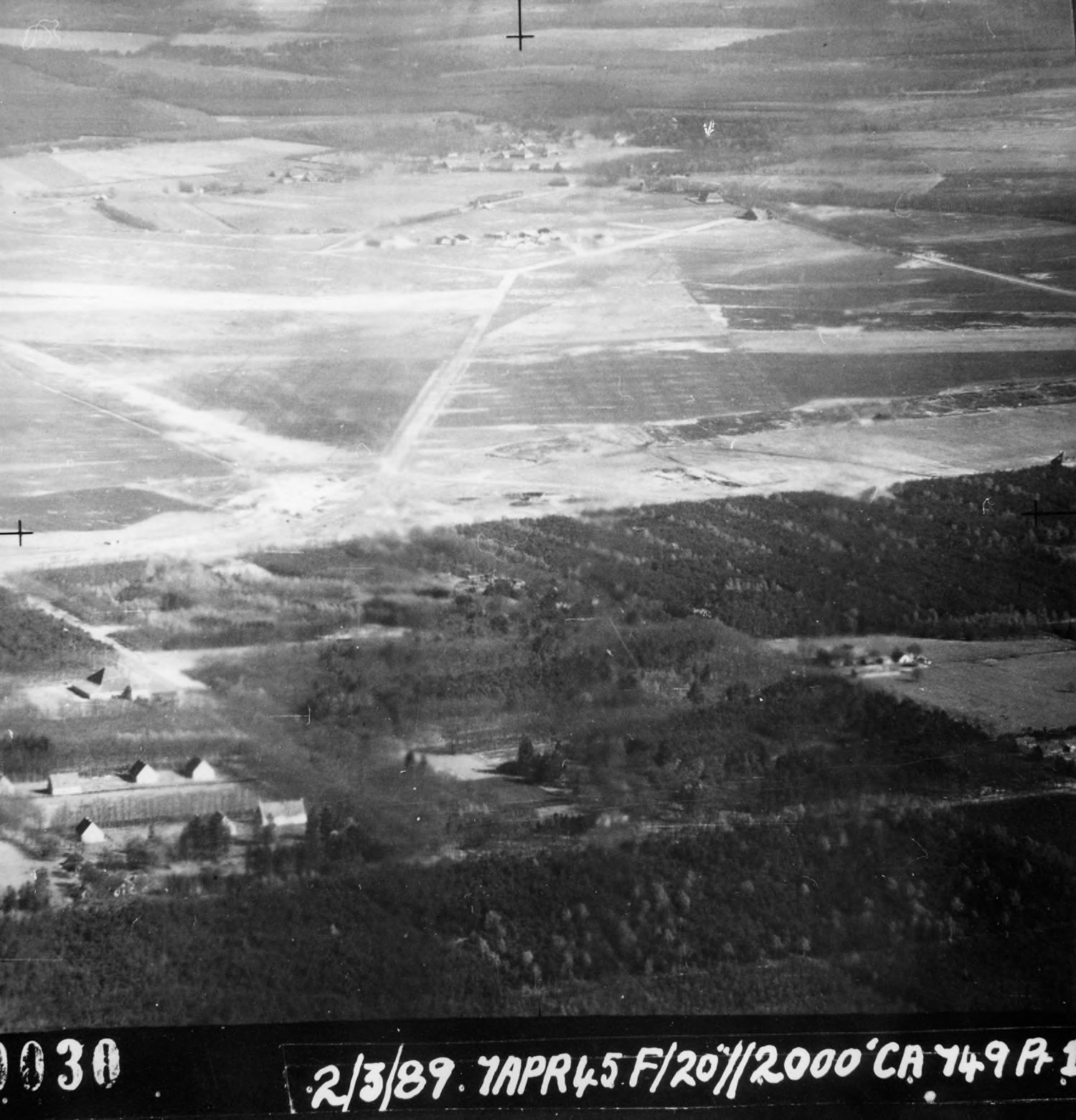
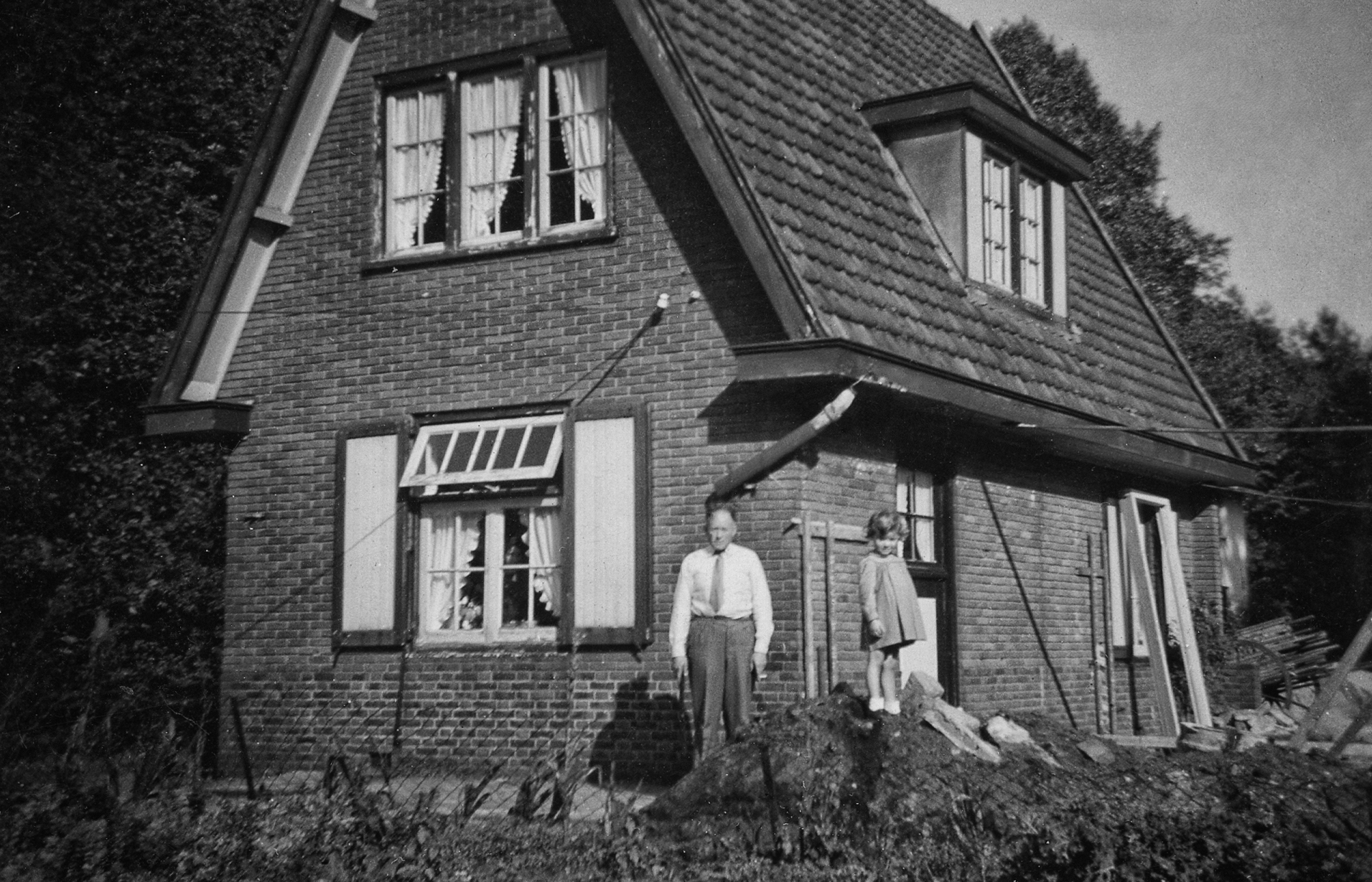
Wederopbouw
Vakantieoord Petersburg
In 1952 werd het terrein van het landhuis voor een deel verkocht aan de gemeente Arnhem en voor een deel aan de familie Van de Kamp die aan het einde van de oorlog in de chauffeurswoning kwam te wonen. De familie maakte van het terrein een kampeerplaats, ’Vakantieoord Petersburg’ geheten. Gezien de woningschaarste na de oorlog en de gunstige ligging was dit erg interessant. Door de schaarste aan bowumaterialen werden de bestaande gebowuen omgebouwd tot vakantiehuisjes. Een oude varkensstal er nog enkele op de fundamenten van de schuren en kennels van jachthuis Zonheuvel werden gebruikt. Ook het oude bakhuisje naast de watertoren werd omgebouwd tot een vakantiehuisje.
Foto's van Buitenplaats Petersburg
Watertoren en Jachthuis
Bovenaanzicht
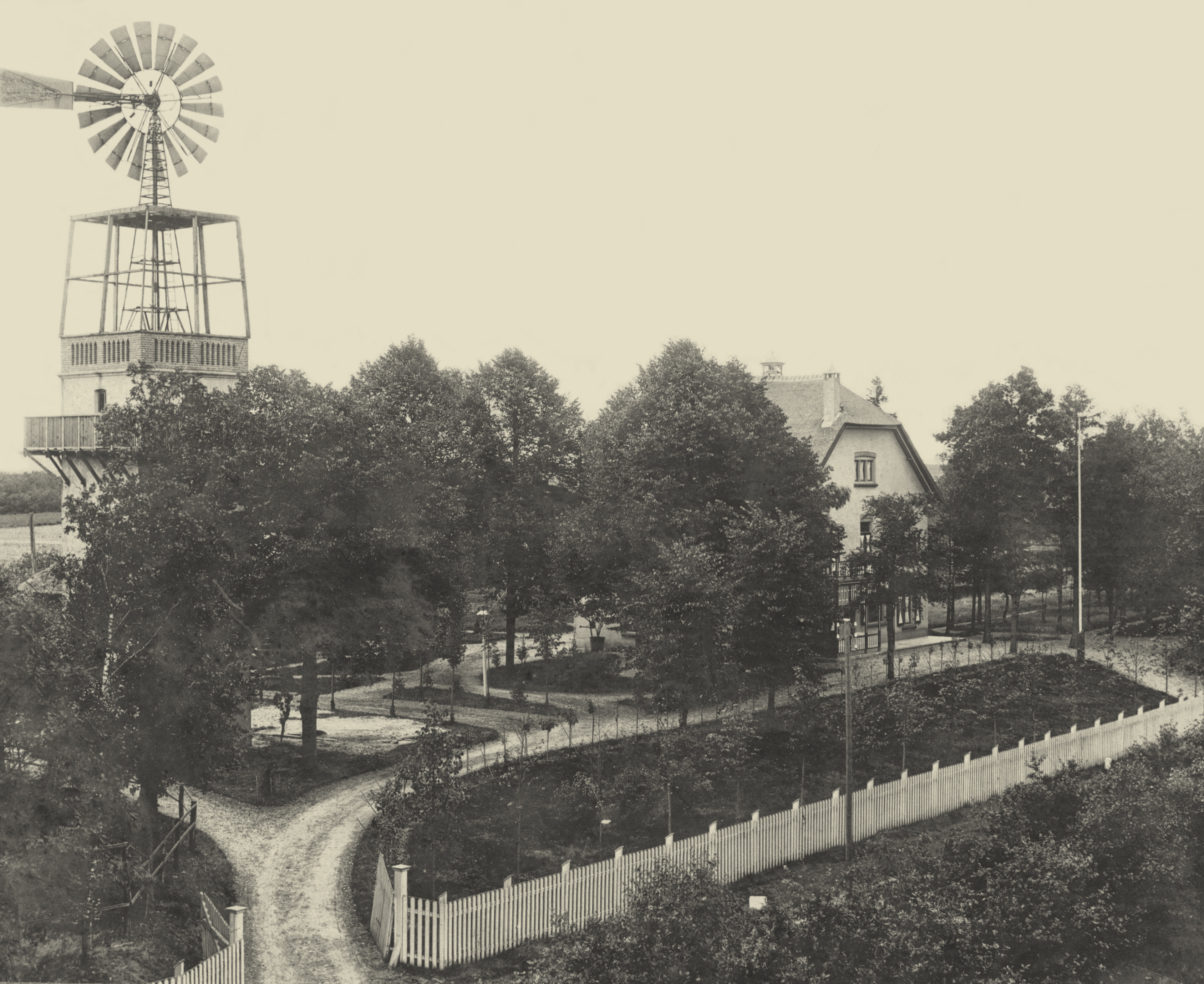
1905
Boerderij-Herberg Petersburg
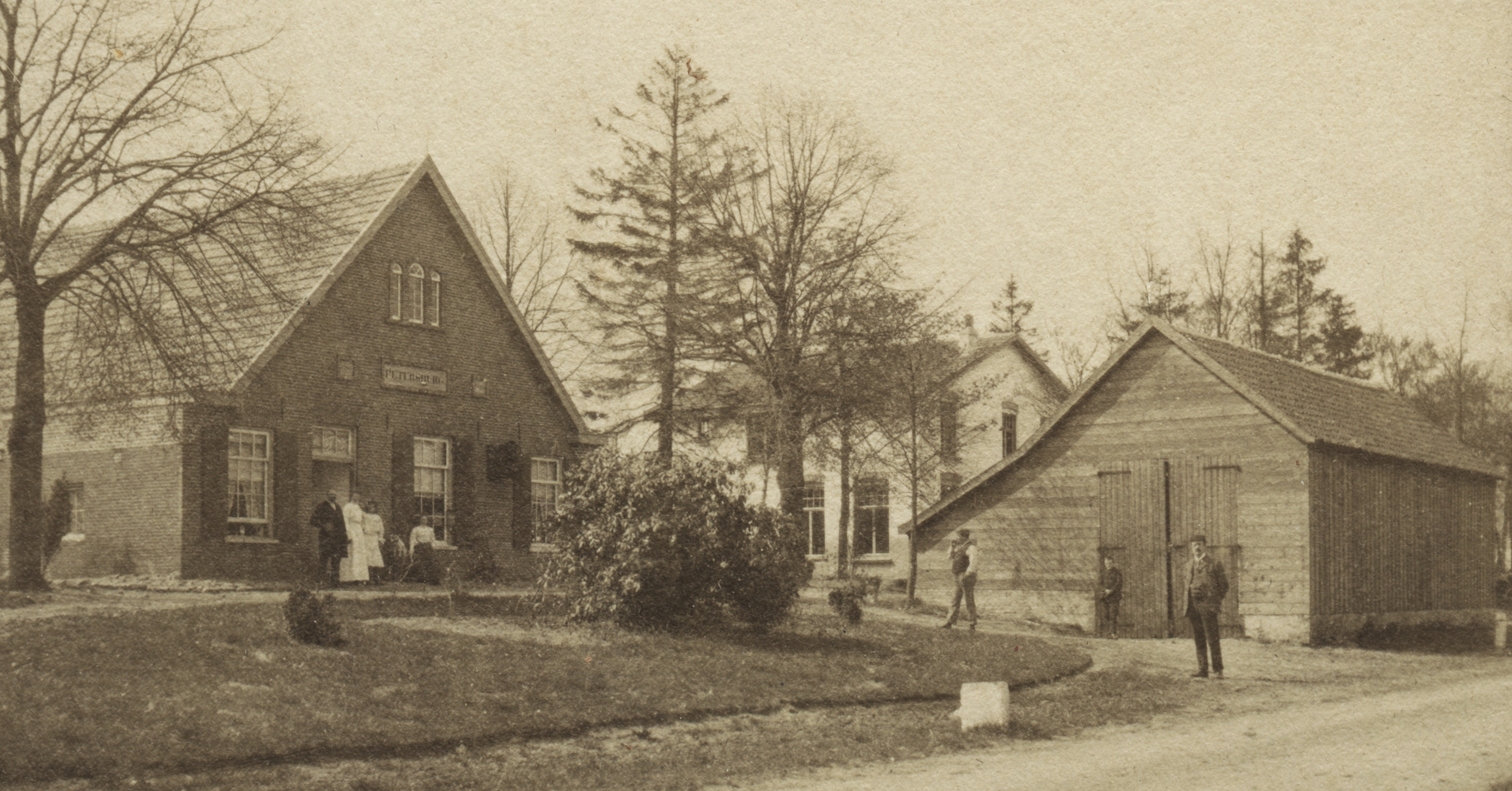
Ernst Boden, derde van rechts
Famillie Boden
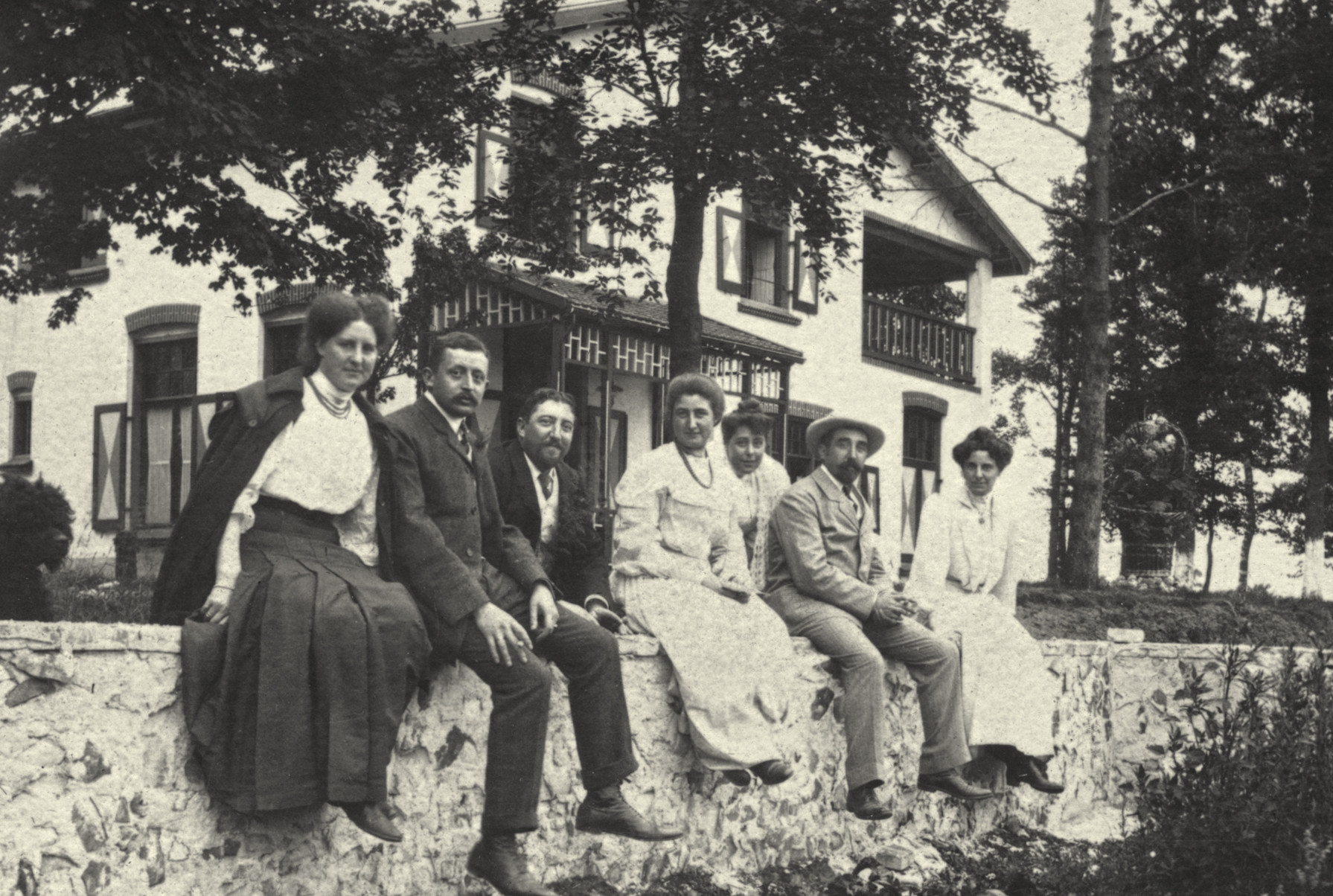
De Adelaerthoeve
Vliegtuighangar
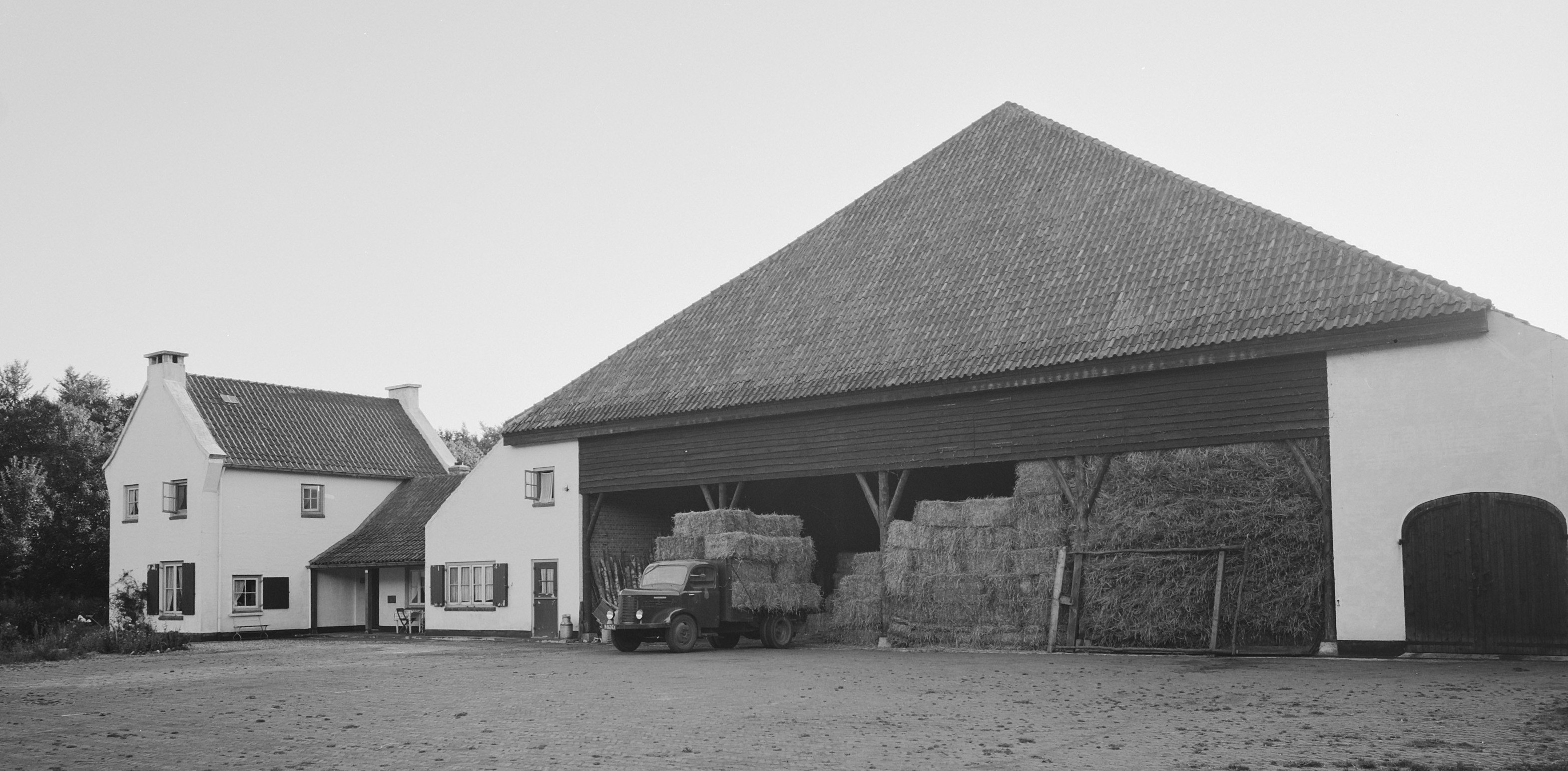
Clément van Maasdijk
Luchtvaartpionier
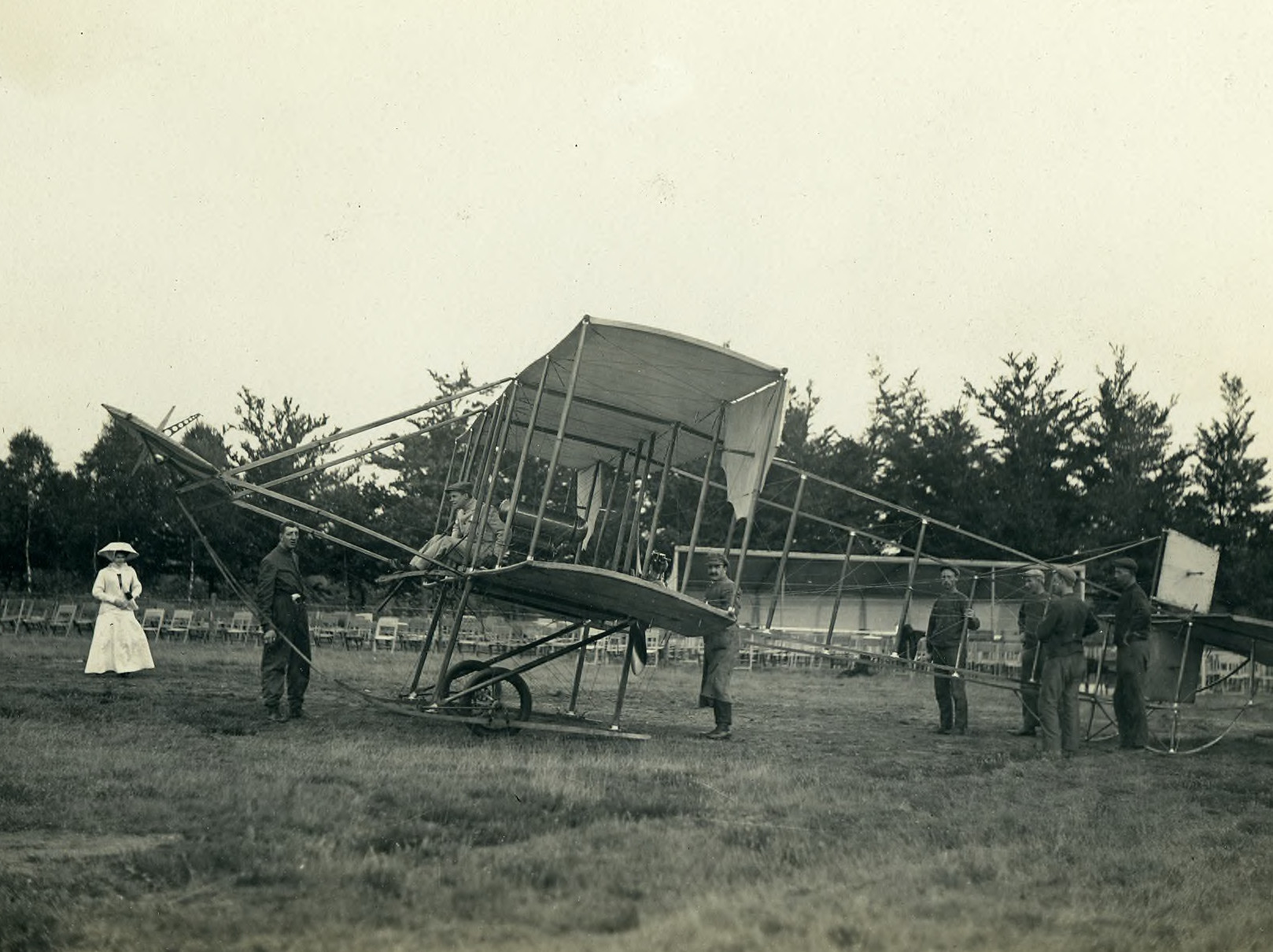
Verbouwing woonhuis familie Van de Kamp
Vakantieoord Petersburg
